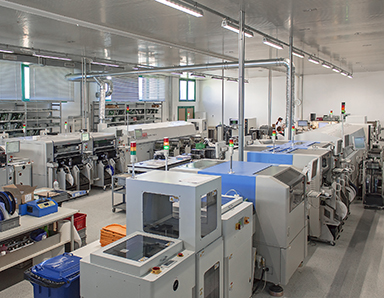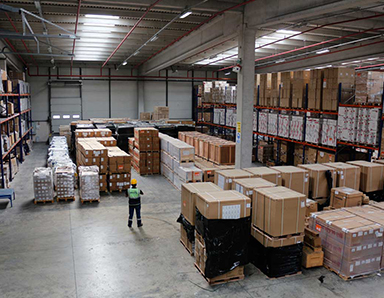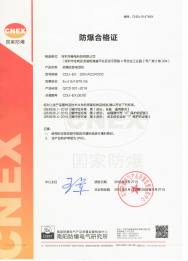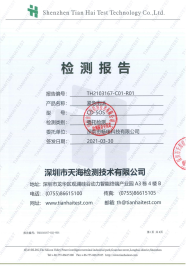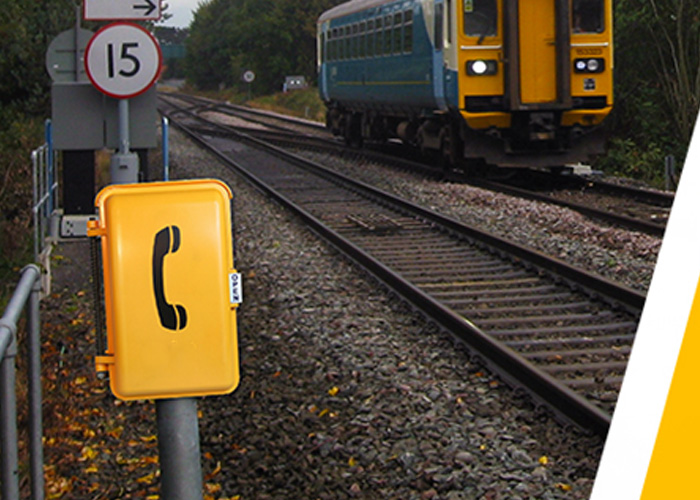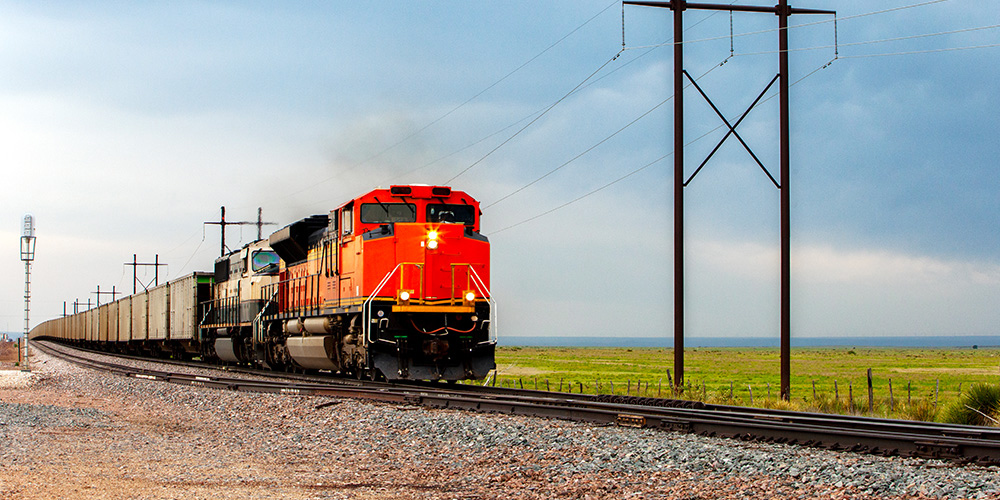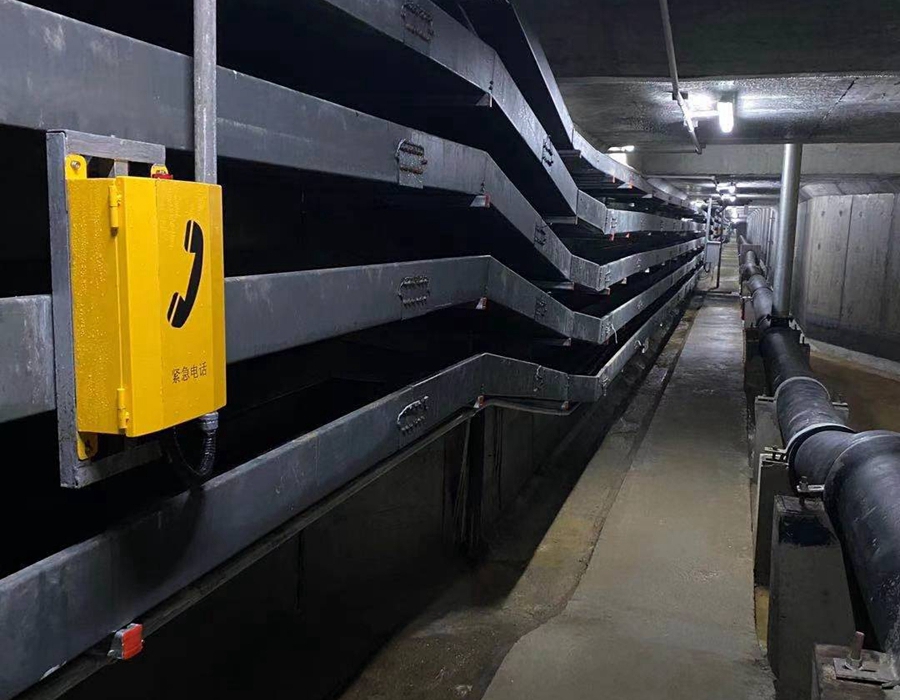Explosion proof telephones are specialized communication devices that are designed to operate safely in hazardous environments where there is a risk of explosion. These telephones are typically used in industries such as oil and gas, chemical processing, mining, and other high-risk environments where the presence of flammable gases, vapors, or dust can create a potentially explosive atmosphere.
Explosion proof telephones are constructed with materials that are resistant to sparks and heat, and they are designed to prevent the ignition of flammable substances. They are also equipped with features such as sealed enclosures, pressure relief valves, and explosion-proof wiring to ensure that they can operate safely in hazardous environments.

Some common features of explosion proof telephones include:
1. Robust construction: Explosion proof telephones are typically made of heavy-duty materials such as stainless steel or aluminum to withstand harsh environments.
2. Sealed enclosures: The telephones are designed with sealed enclosures to prevent the ingress of dust, water, or other contaminants.
3. Explosion-proof wiring: The wiring used in explosion proof telephones is designed to prevent sparks and ignition.
4. Pressure relief valves: These valves are designed to release pressure in the event of an explosion, preventing damage to the telephone and surrounding equipment.
5. Loudspeakers and microphones: Explosion proof telephones are equipped with loudspeakers and microphones that are designed to operate in noisy environments.
Overall, explosion proof telephones are critical communication devices that help ensure the safety of workers in hazardous environments.
 English
English











